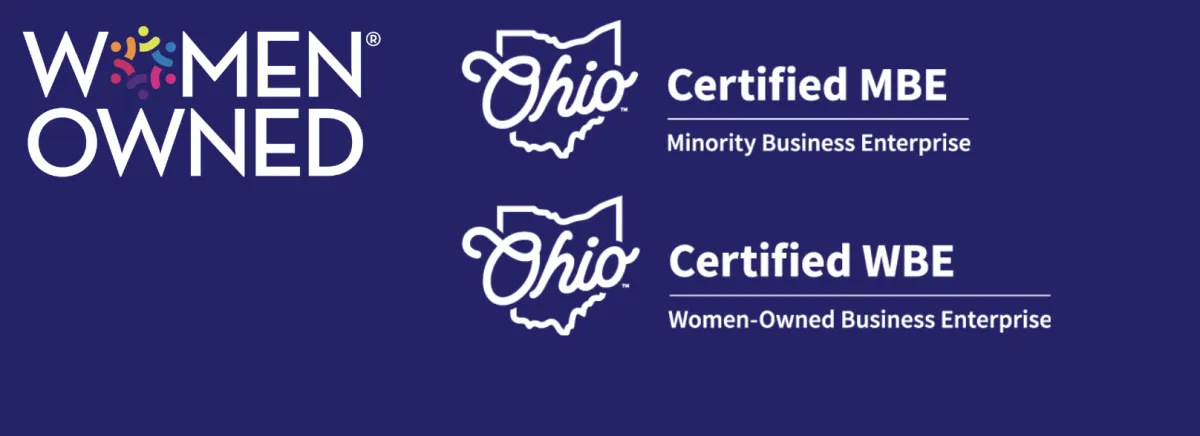Fortify Your Business with
Way2Protect's Ultimate Cybersecurity Shield
Transform cybersecurity from a challenge into your competitive advantage.
Fortify Your Business with Way2Protect's Ultimate Cybersecurity Shield
Transform cybersecurity from a challenge into your competitive advantage.
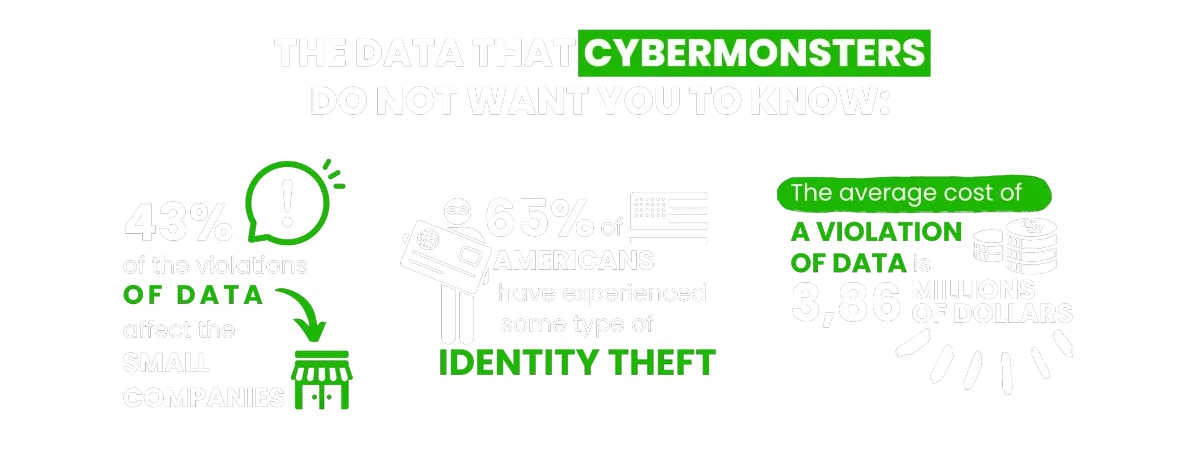
You find these and other figures in my book Happily Ever Cyber and on Cisa.gov

Find out how to push Cybermonsters away from your private data
With tips to help prevent a cyber attack protecting your family, work environment and yourself:
AS SEEN ON:


Find out how to push Cybermonsters away from your private data
With tips to help prevent a cyber attack protecting your family, work environment and yourself:
AS SEEN ON:

Push Cybermonsters away from your private data.
Subscribe to my newsletter about cybersecurity and cyber safety. New issues every Tuesday.
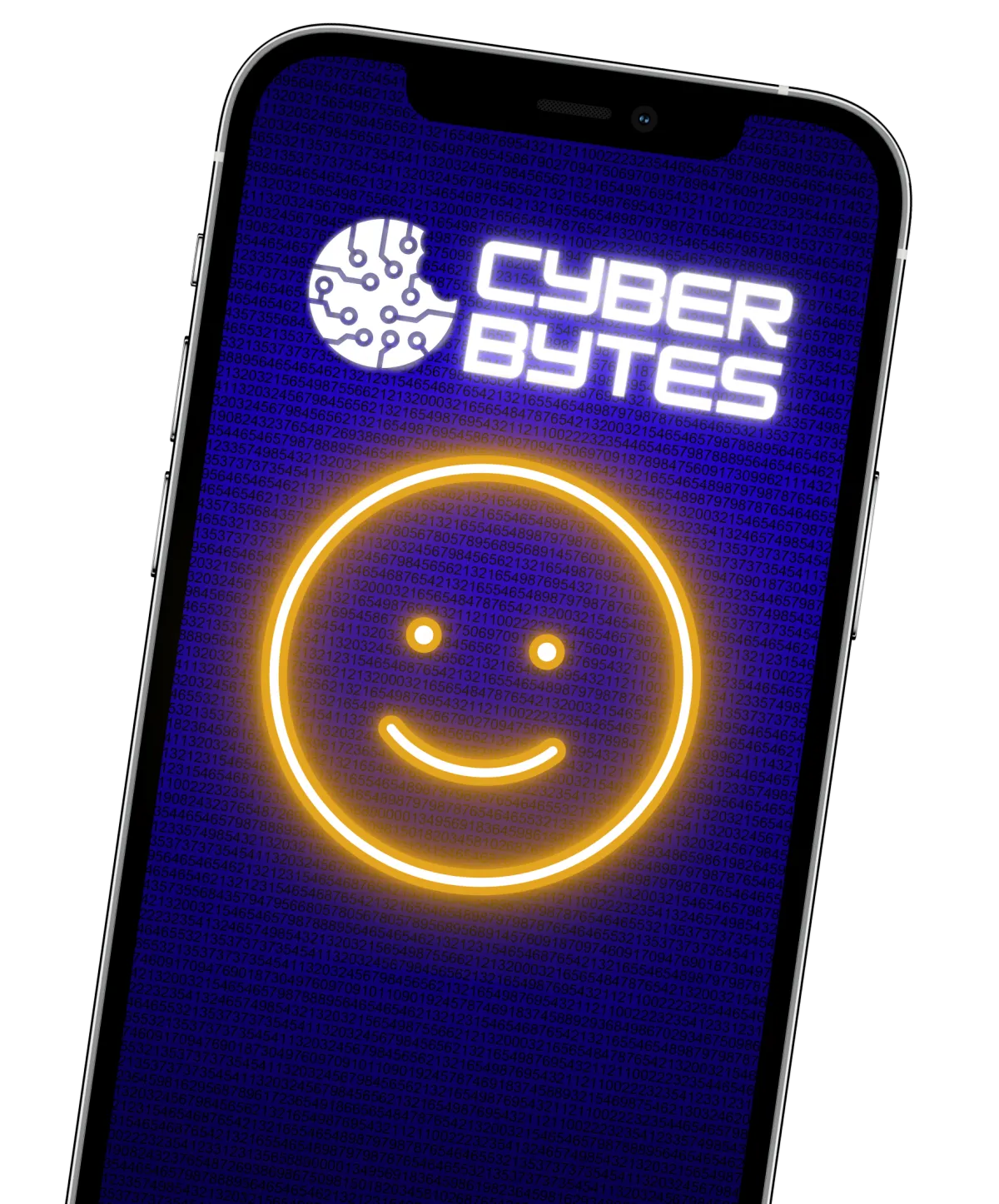
Push Cybermonsters away from your private data.
Subscribe to my newsletter about cybersecurity and cyber safety. New issues every Tuesday.

Protect those that matters most to you:
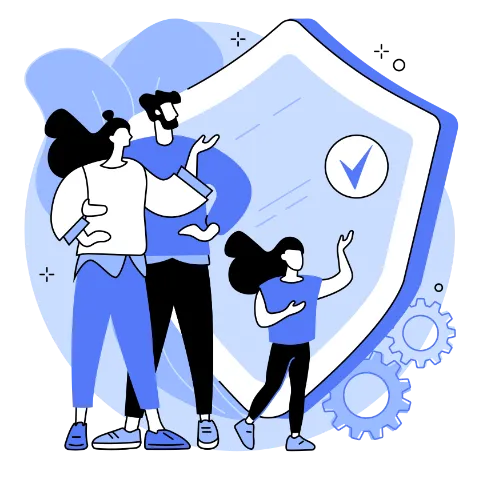
Family
Protect your child(ren), teens,
and your parents.

Business Owners
Protect your data, your customer's information, your employees,
and your brand!

Yourself
Have peace of mind online!
International Bestselling & Award-Winning Cyber Safety Author
Identity theft & cyber crime can happen to anyone.




Why choosing us?
In a world full of digital distractions, we understand the importance of cultivating a healthy balance. At Way2Protect, our mission is clear: to be your trusted guide to a conscious and protected online experience, both for you and for what you value most: your family, your business, and your peace of mind.
Way2Protect becomes your fundamental ally in your digital world, providing you with hassle-free security and adapting cybersecurity practices to your routine without sacrificing your time. We facilitate the process, guiding you in the implementation of effective cybersecurity practices to protect your family, your business, and your work teams.
Why choosing us?
In a world full of digital distractions, we understand the importance of cultivating a healthy balance. At Way2Protect, our mission is clear: to be your trusted guide to a conscious and protected online experience, both for you and for what you value most: your family, your business, and your peace of mind.
Way2Protect becomes your fundamental ally in your digital world, providing you with hassle-free security and adapting cybersecurity practices to your routine without sacrificing your time. We facilitate the process, guiding you in the implementation of effective cybersecurity practices to protect your family, your business, and your work teams.

Get the latest news in the Cyber Security World
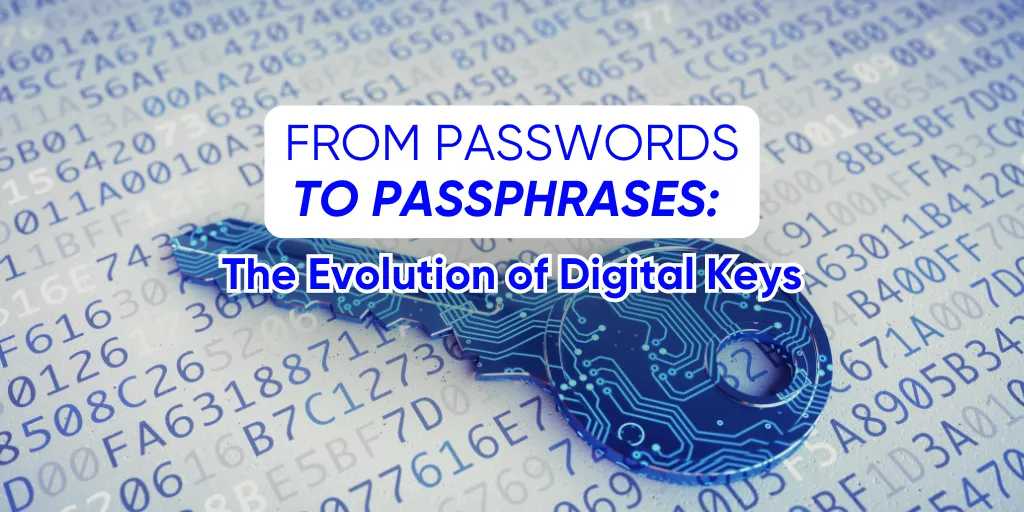
From Passwords to Passphrases: The Evolution of Digital Keys
In today's world, our digital lives are becoming just as important as our physical ones. The security of our online accounts has never been more crucial. The keys to our digital kingdoms—our passwords—have long been our first line of defense. However, as cyber threats evolve and technology advances, traditional passwords are starting to fall short. Enter the era of passphrases: a more robust, user-friendly way to protect our digital identities.
The Problem with Traditional Passwords
For decades, we've relied on a mix of letters, numbers, and symbols to protect our sensitive information. But this method has significant flaws. Our brains, as amazing as they are, struggle to remember multiple complex passwords. This often leads to using simple, easily guessable passwords or reusing the same password across multiple accounts.
Moreover, sophisticated hacking tools and techniques have made many traditional passwords vulnerable. Brute-force attacks, where computers rapidly test countless combinations, can crack simple passwords in seconds. Dictionary attacks, which try common words and phrases, exploit our tendency to use familiar terms. The vast data breaches of recent years have exposed millions of passwords, many of which are now available on the dark web.
The statistics are alarming: according to a 2019 Google survey, 52% of people reuse the same password for multiple accounts, and 13% use the same password for all accounts. This behavior creates a domino effect where one compromised account can lead to multiple security breaches.

Understanding Passphrases
As we face the limitations of traditional passwords, cybersecurity experts are increasingly advocating for passphrases. A passphrase is a sequence of words or text used for authentication, similar to a password but generally longer and more complex. Unlike passwords, which often sacrifice memorability for complexity, passphrases aim to be both secure and easy to remember.
The concept of passphrases isn't entirely new. It draws inspiration from a 1936 paper by Claude Shannon, the father of information theory. Shannon proposed using simple English sentences as encryption keys, recognizing that they could provide high randomness while remaining memorable to users.
Modern passphrases typically consist of four or more random words strung together. For example, "correct horse battery staple" became popular after being featured in an XKCD webcomic. This approach leverages the vast combinatorial possibilities of language to create a key that is resistant to brute-force attacks while remaining relatively easy for humans to recall.
Benefits of Using Passphrases
Switching to passphrases offers several advantages over traditional passwords:
Increased Security: The length and complexity of passphrases make them significantly more resistant to brute-force attacks. For example, a complex 8-character password might have 6.09 x 10^18 possible combinations, while a four-word passphrase chosen from a list of 7,776 common words would have 7,776^4 or 3.66 x 10^15 possible combinations—and would be much longer in character length.
Improved Memorability: Our brains are wired to remember stories and sequences of words much more easily than random strings of characters. This makes passphrases not only more secure but also more user-friendly.
Reduced Password Fatigue: With passphrases being easier to remember, users are less likely to reuse passwords or write them down, both of which are significant security risks.
Adaptability: Passphrases can be easily modified to meet various system requirements for special characters or numbers without significantly impacting memorability.
How to Create a Strong Passphrase
Creating an effective passphrase involves more than just stringing together a few favorite words. Here are some key principles to follow:
Use Random Words: Avoid using common phrases, song lyrics, or quotes. The strength of a passphrase lies in its unpredictability. Consider using a random word generator or a method like Diceware to select truly random words.
Length Matters: Aim for at least four words, but remember that longer is generally better. Each additional word exponentially increases the passphrase's strength.
Avoid Personal Information: Don't use words closely associated with you, such as your hometown, favorite sports team, or pet's name.
Incorporate Variety: Mix uppercase and lowercase letters, and consider adding numbers or special characters, especially if required by the system you're using.
Use Uncommon Words: While not necessary, using less common words can add an extra layer of security without sacrificing memorability.
For example, a strong passphrase might look like this: "Correct7Horse$BatteryStaple" or "umbrella-Cactus-Symphony-Pretzel".

Managing Multiple Passphrases
While passphrases are generally easier to remember than complex passwords, managing multiple unique passphrases for various accounts can still be challenging. Here are some strategies to help:
Use a Passphrase Generation System: Develop a personal system for generating passphrases. This could involve using a base phrase and modifying it for each account, or using a consistent pattern to incorporate the name of the service into your passphrase.
Leverage Mnemonic Devices: Create stories or visual associations to help remember your passphrases. The more vivid and unusual the mental image, the easier it will be to recall.
Gradual Implementation: Start by replacing your passwords for the most critical accounts with passphrases, then gradually transition the rest over time.
Regular Review and Update: Periodically review your passphrases and update them, especially for high-value accounts. This practice helps maintain security and keeps the passphrases fresh in your memory.
The Role of Password Managers
While passphrases offer significant improvements over traditional passwords, they're not a silver bullet. For users managing dozens or even hundreds of accounts, remembering unique passphrases for each can still be daunting. This is where password managers come into play.
Password managers are secure, encrypted databases that store all your login credentials. They offer several key benefits:
Generate Strong Passphrases: Most password managers can generate random, highly secure passphrases at the click of a button.
Secure Storage: All your passphrases are stored in an encrypted vault, protected by a single master passphrase.
Auto-fill Capability: Password managers can automatically fill in your login credentials, reducing the friction of using long, complex passphrases.
Cross-Device Sync: Many password managers offer secure synchronization across multiple devices, ensuring you always have access to your passphrases.
Security Alerts: Some password managers can alert you to potential security issues, such as compromised accounts or weak passphrases.
By combining the use of passphrases with a reputable password manager, users can achieve a high level of security while maintaining practicality and ease of use.

Future of Authentication: Beyond Passphrases
While passphrases represent a significant improvement over traditional passwords, the field of authentication continues to evolve. Several emerging technologies and approaches are poised to further enhance digital security:
Biometric Authentication: Fingerprint scanners, facial recognition, and other biometric methods are becoming increasingly common, especially on mobile devices. These offer the advantage of being unique to each user and difficult to replicate.
Multi-Factor Authentication (MFA): MFA combines multiple forms of authentication, such as something you know (like a passphrase), something you have (like a phone), and something you are (like a fingerprint). This layered approach significantly enhances security.
Behavioral Biometrics: This emerging field analyzes patterns in user behavior, such as typing rhythm or mouse movement, to continuously verify identity.
Zero-Knowledge Proofs: This cryptographic method allows one party to prove to another that they know a value, without conveying any information apart from the fact that they know the value. This could revolutionize authentication by allowing verification without exposing sensitive data.
Blockchain-Based Identity: Decentralized identity systems built on blockchain technology could provide secure, user-controlled identity verification without relying on centralized authorities.
As these technologies mature, we may see a shift away from knowledge-based authentication (like passphrases) towards more integrated, multi-layered approaches to digital security.
Conclusion
The evolution from passwords to passphrases represents a crucial step in the ongoing battle for digital security. By leveraging the power of language and human memory, passphrases offer a more robust and user-friendly approach to protecting our digital lives. However, they are not a panacea. The most effective security strategies will likely involve a combination of strong passphrases, password managers, and emerging authentication technologies.
As we navigate the increasingly complex digital landscape, it's clear that the responsibility for security lies not just with technology providers, but with each of us as users. By adopting best practices like using strong passphrases and staying informed about emerging security trends, we can play an active role in safeguarding our digital identities.
The journey from passwords to passphrases is more than just a shift in authentication methods—it's a paradigm change in how we approach digital security. As we continue to entrust more of our lives to digital platforms, embracing this evolution becomes not just important, but essential. The keys to our digital kingdoms are changing, and it's up to us to ensure they remain strong and secure.
Live Happily Ever Cyber!

Sandra Estok
Subscribe for more ways to protect what matters most to you against hackers, scammers, and Cybermonsters™



